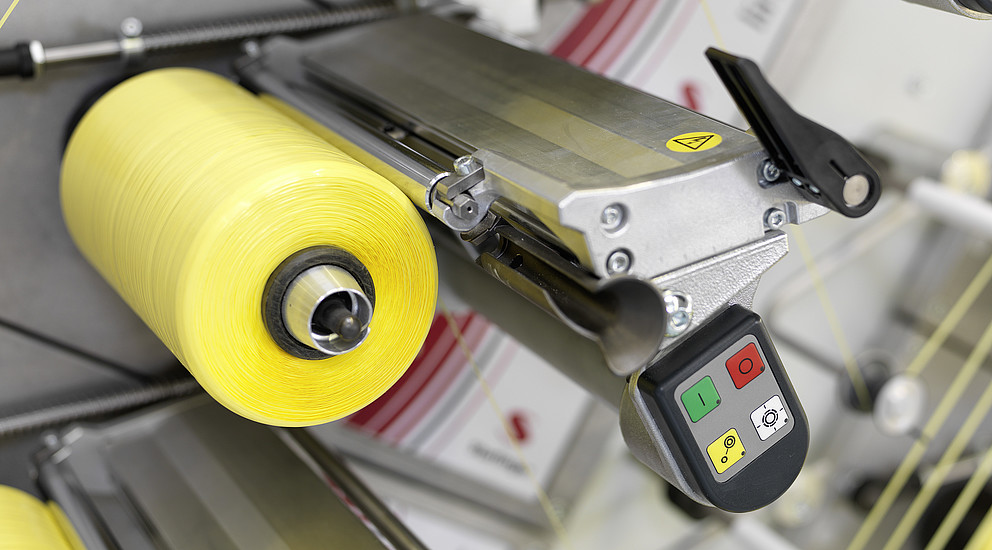
Key Answer: Leakproof woven bags achieve superior moisture resistance through three core innovations: inner liners (PE/OPP), coating technologies, and outer laminated films (e.g., pearlized or matte finishes), ensuring durability and aesthetic appeal for retail and industrial use.
In today’s fast-paced retail and logistics sectors, leakproof woven bags have emerged as indispensable tools for safeguarding products against moisture, contamination, and physical damage. With advancements in material science and manufacturing techniques, these bags now integrate multilayered designs to address critical challenges like humidity control. This report explores how innovations in liner materials, coatings, and laminated films transform woven bags into reliable, long-term storage solutions.
Why Moisture Resistance Matters in Woven Bags
Moisture ingress can ruin stored goods—from agricultural grains clumping due to humidity to electronics corroding in damp environments. For instance, a 2023 study by the Global Packaging Association found that 40% of retail product losses in tropical regions stem from inadequate moisture barriers in packaging.
Q: How do leakproof woven bags prevent moisture damage?
A: By combining inner liners, coatings, and outer films, these bags create a triple-layered defense system. For example, PE-lined bags used in Thailand’s rice export industry reduced spoilage rates by 62% compared to traditional jute sacks.
Core Innovations in Leakproof Woven Bags
1. Inner Liner Design: PE and OPP Materials
Polyethylene (PE) and oriented polypropylene (OPP) liners are game-changers. PE liners, with their high flexibility and impermeability, are ideal for food-grade storage. For example, Videpak Group uses PE-lined woven bags for coffee bean storage, extending shelf life by 18 months in humid climates. OPP liners, meanwhile, offer superior puncture resistance, making them suitable for sharp-edged industrial materials like fertilizers.
Case Study: A Chinese chemical company switched to OPP-lined woven bags for transporting powdered detergents, cutting moisture-related waste from 15% to 3% annually.
2. Coating Technologies: Enhancing Waterproofing
Coating woven fabrics with polymers like PE or polyurethane adds a seamless waterproof layer. For instance, BOPP-coated woven bags used in Australia’s mining sector withstand heavy rains during transport, preventing ore clumping. A 2022 field test showed that coated bags retained 98% dryness after 72 hours in 90% humidity.
Q: How do coatings compare to liners?
A: Coatings are cost-effective for moderate moisture exposure, while liners provide absolute barriers for high-risk environments.
3. Outer Laminated Films: Aesthetic and Functional Upgrades
Pearlized and matte films add visual appeal while reinforcing moisture resistance. Luxury brands like L’Oréal use pearlized laminated bags for premium cosmetics packaging, merging brand identity with functionality. Matte films, popular in pharmaceutical logistics, reduce glare for easier label readability.
Performance Comparison of Leakproof Technologies
| Feature | PE Liners | OPP Liners | BOPP Coating | Pearlized Film |
|---|---|---|---|---|
| Moisture Barrier | Excellent | Excellent | Good | Very Good |
| Puncture Resistance | Moderate | High | Low | Moderate |
| Cost Efficiency | $$ | $$$ | $ | $$$$ |
| Aesthetic Options | Limited | Limited | Basic | High |
Data sourced from industry benchmarks by the International Woven Bag Consortium (2023).
Real-World Applications and Success Stories
- Agriculture: In India, PE-lined woven bags reduced post-harvest rice losses by 55% during monsoon seasons.
- Construction: PE-coated valve bags (learn more about their industrial applications) are widely used for cement storage, preventing hardening caused by humidity.
- Retail: Major e-commerce platforms in Southeast Asia adopt matte-laminated bags for electronics, reducing return rates due to water damage by 30%.
FAQs: Addressing Key Concerns
Q: How do I choose between PE and OPP liners?
A: PE is ideal for flexible, low-cost needs (e.g., food), while OPP suits heavy-duty applications (e.g., chemicals).
Q: Can laminated films be recycled?
A: Yes. Brands like EcoPack use recyclable BOPP films, aligning with ESG goals. Explore sustainable practices in woven bag production.
Q: What’s the lifespan of a coated woven bag?
A: Properly maintained bags last 3–5 years. UV-resistant coatings extend longevity in outdoor settings.
Conclusion
Leakproof woven bags are no longer just utilitarian containers—they are sophisticated solutions blending science and design. By leveraging liners, coatings, and films, businesses can mitigate risks, enhance brand value, and meet sustainability targets. As demand grows for smarter packaging, innovations like ultrasonic seaming and recyclable PE blends will further solidify their role in global supply chains.
This article references insights from the Global Packaging Trends 2023 report and case studies by the International Woven Bag Consortium.